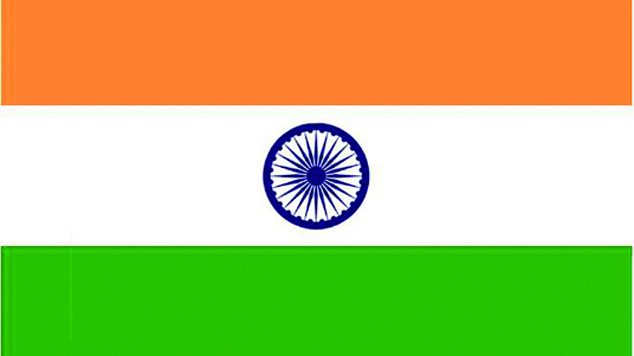India’s Supreme Court has issued a verdict allowing transgender and non-gender binary people to identify themselves as such on government documents.
Before Tuesday’s ruling, Indian citizens were required to identify themselves as either male or female on official documents.
The court noted that it was the right of all human beings to choose their gender, including those who identified as neither male nor female, The Press Association Reported.
Laxmi Tripathi, a transgender activist who had petitioned the court, made these comments about the legislation: “All documents will now have a third category marked transgender. This verdict has come as a great relief for all of us. Today I am proud to be an Indian.”
“The spirit of the constitution is to provide equal opportunity to every citizen to grow and attain their potential, irrespective of caste, religion or gender.” the Supreme Court said in its order.
India’s election commission recently added the category ‘other’, to their gender selection options on voter registration forms in time for the current national election. Approximately 28,000 voters registered themselves in that category. Some estimates have measured India’s transgender population to be around three million people.
The decision marks a remarkably progressive move for India’s Supreme Court, which reintroduced Section 377 of the penal code in December last year. That ruling banned sex “against the order of nature”, which is widely recognized to refer to homosexuality. Section 377 was previously ruled unconstitutional in 2009 by the New Delhi High Court.
The court dismissed a review petition filed last month from the Indian government and the Naz Foundation challenging its December verdict to reinstate Section 377.
Sophie Joske






